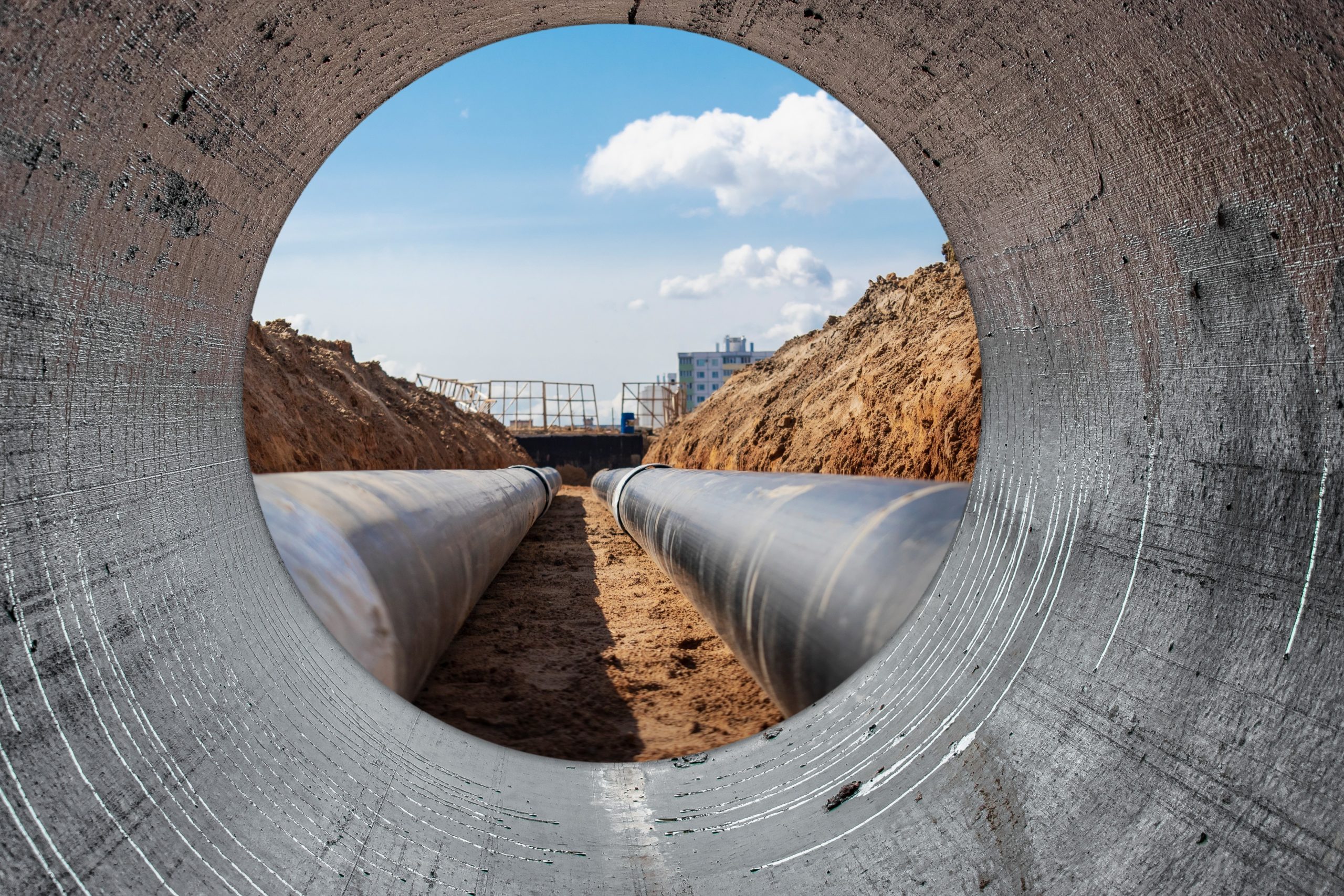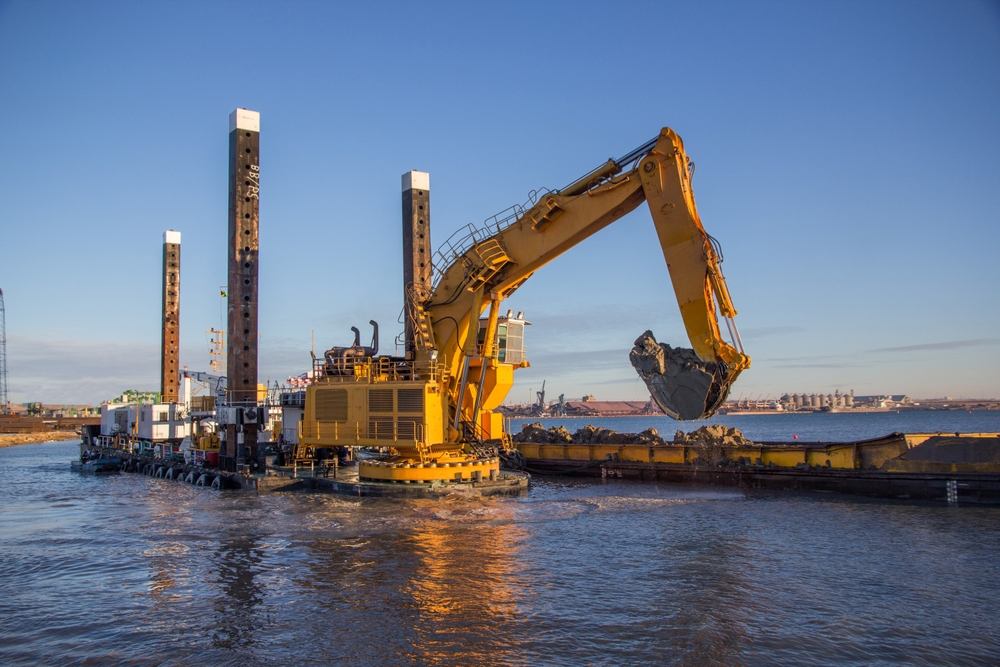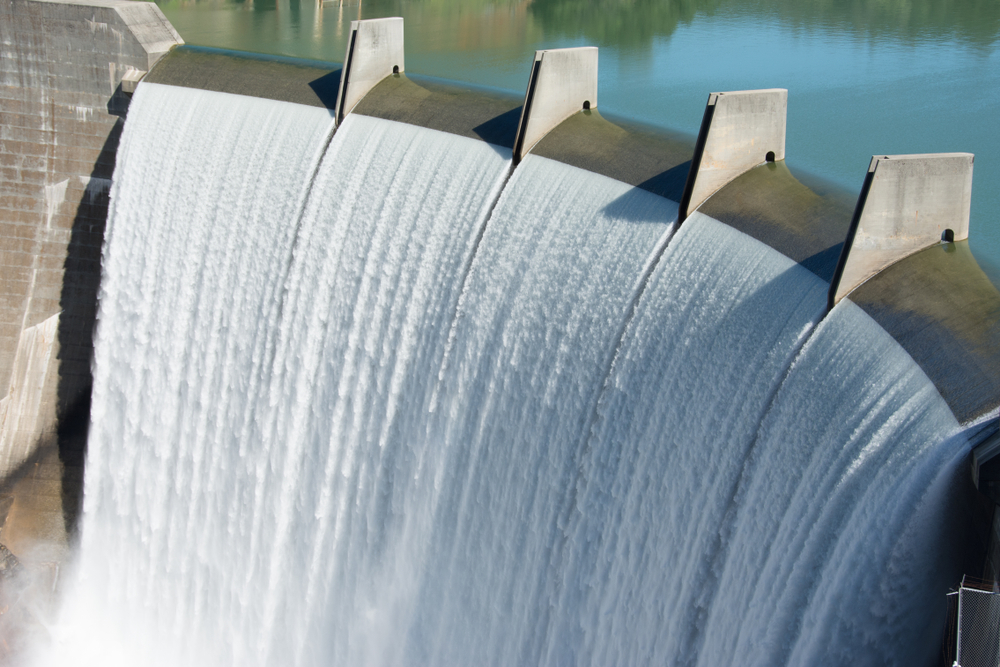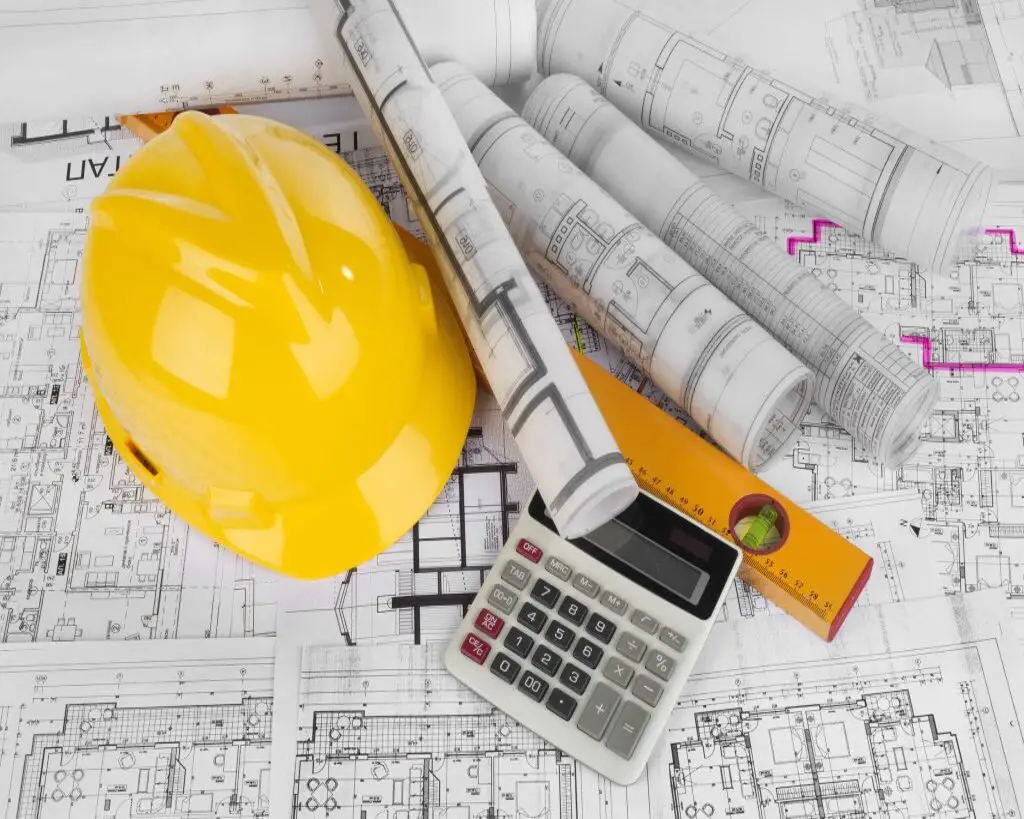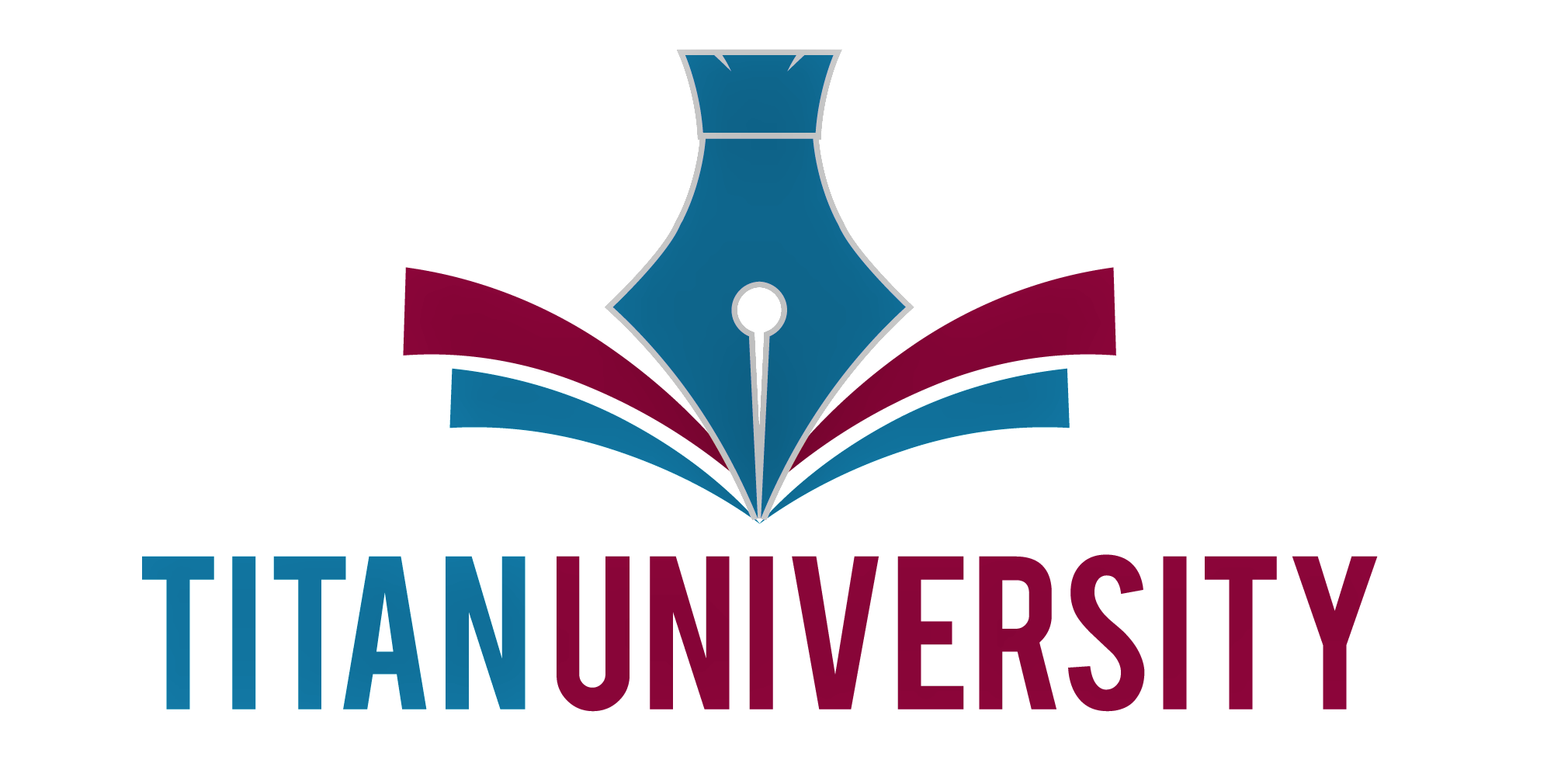ELECTRICAL UPGRADES
ALBENI FALLS DAM, ID
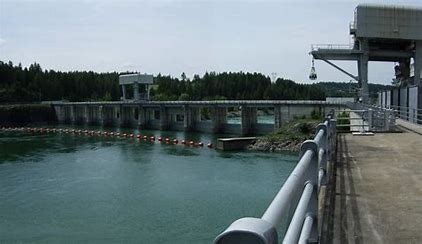
BRIEF DESCRIPTION
Albeni Falls Transformer and Panelboard Replacement Project
Project Overview This project involves comprehensive upgrades and replacements of electrical components at Albeni Falls. The work includes removing and disposing of existing transformers and panelboards, installing new equipment, making modifications to existing infrastructure, and performing associated tasks to ensure improved performance and safety.
Scope of Work
Transformer Removal and Disposal:
- Existing Equipment: Three existing three-phase Generator Step-Up (GSU) transformers, including associated neutral current transformers and surge arresters, will be removed and disposed of.
- Safety: Ensure proper disposal in compliance with environmental regulations and safety standards.
Panelboard Replacement:
- Existing Panelboards: Removal and disposal of three existing panelboards:
- 440VAC Power Cabinet
- 120VAC Panelboard LC14
- 120/240V Panelboard LC15
- New Panelboards: Provide and install two new panelboards:
- 480VAC Power Cabinet
- 120/240V Panelboard LC14
- Existing Panelboards: Removal and disposal of three existing panelboards:
Cable and Conductor Replacement:
- Existing Cables: Remove cables from the 440VAC Power Cabinet and 120VAC Panelboard LC14.
- New Cables: Provide and install new cables and conductors from the 440VAC Power Cabinet and the 120VAC Panelboard LC14 to their nearest termination points.
- Modification: Remove cables from the 120VAC Panelboard LC15 and provide new cables to existing LC15 loads from the new Panelboard LC14.
Transformer Connection Modifications:
- Bus Modification: Modify the 15kV tubular bus to establish a connection with the new transformer bushings.
- Transformer Pads: Install oil containment, quench stone, and new transformer pads for each of the three new GSU transformers.
- Support Base Design: Design and construct the transformer support base according to the contract drawings.
- External Connections: Make external connections to the new GSU transformers.
Installation of New Equipment:
- Neutral Current Transformers and Surge Arresters: Provide and install new neutral current transformers and surge arresters for each new GSU transformer.
- Nitrogen Cabinets: Remove three existing nitrogen cabinets and install government-furnished nitrogen cabinets.
- Dissolved Gas Analyzer: Provide, install, and commission a Dissolved Gas Analyzer.
- MOD Switch Operator Grounding Pad: Provide and install a new MOD switch operator grounding pad.
- Switchyard Tower Lights: Install new switchyard tower lights.
Detailed Work Plan
Pre-Installation Planning:
- Design Review: Review and understand the contract drawings for the design of transformer support bases and modifications.
- Safety Planning: Develop and implement safety plans to ensure the removal and handling of existing equipment.
Equipment Removal:
- Transformer and Panelboard Removal: Safely disconnect and remove existing transformers and panelboards.
- Cable Removal: Remove old cables and conductors in preparation for new installations.
New Equipment Installation:
- Panelboards and Transformers: Install new panelboards and transformers as specified.
- Cable Installation: Install new cables and conductors, ensuring proper connections and terminations.
- Bus Modification: Modify the 15kV tubular bus to accommodate new transformer connections.
System Upgrades:
- Oil Containment and Transformer Pads: Install oil containment systems and transformer pads.
- Nitrogen Cabinets: Replace existing nitrogen cabinets with government-furnished units.
- Grounding Pad and Lights: Install a new grounding pad and switchyard tower lights.
Testing and Commissioning:
- Dissolved Gas Analyzer: Commission and calibrate the Dissolved Gas Analyzer.
- System Checks: Conduct comprehensive testing of the new equipment and system to ensure proper functionality and safety.
TITAN’s Role
- Project Management: Oversee all aspects of the project to ensure timely and successful completion.
- Quality Control: Ensure all installations and modifications meet project specifications and industry standards.
- Safety Management: Implement and enforce safety protocols throughout the project.
- Documentation: Maintain detailed records of all work performed, including testing and commissioning results.
Impact and Benefits
- Enhanced Performance: Upgraded equipment will improve the reliability and efficiency of the electrical systems.
- Safety Improvements: New installations and modifications will enhance safety and compliance with current standards.
- Operational Efficiency: Modernized infrastructure will improve operational performance and reduce maintenance needs.











